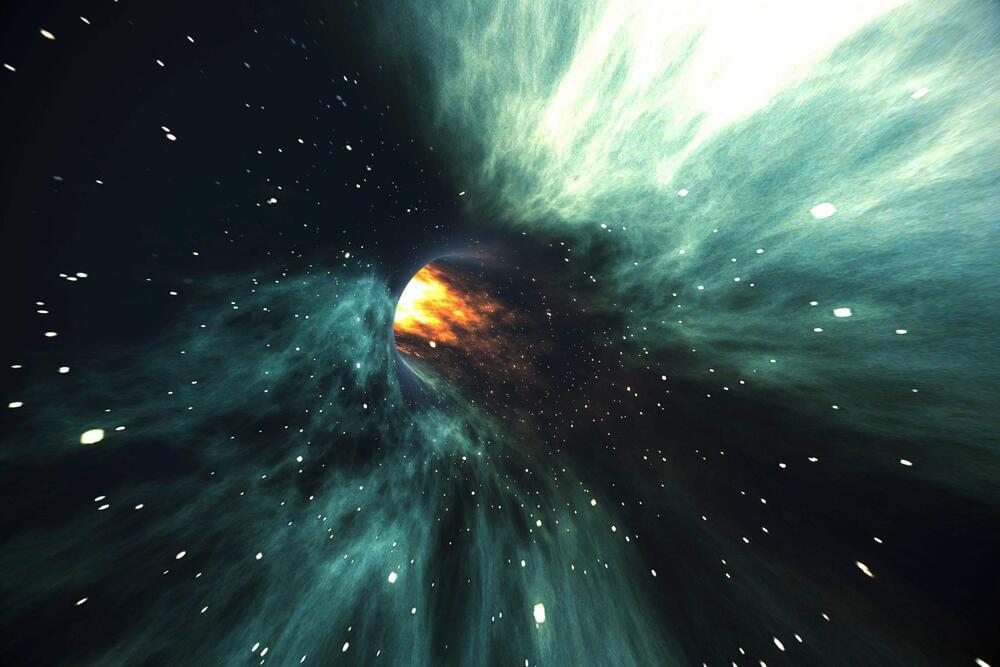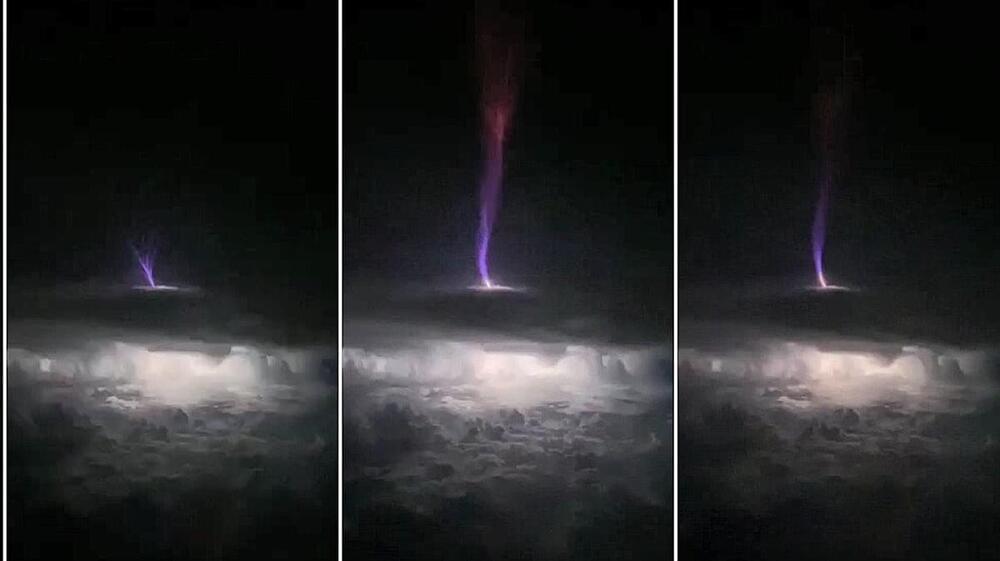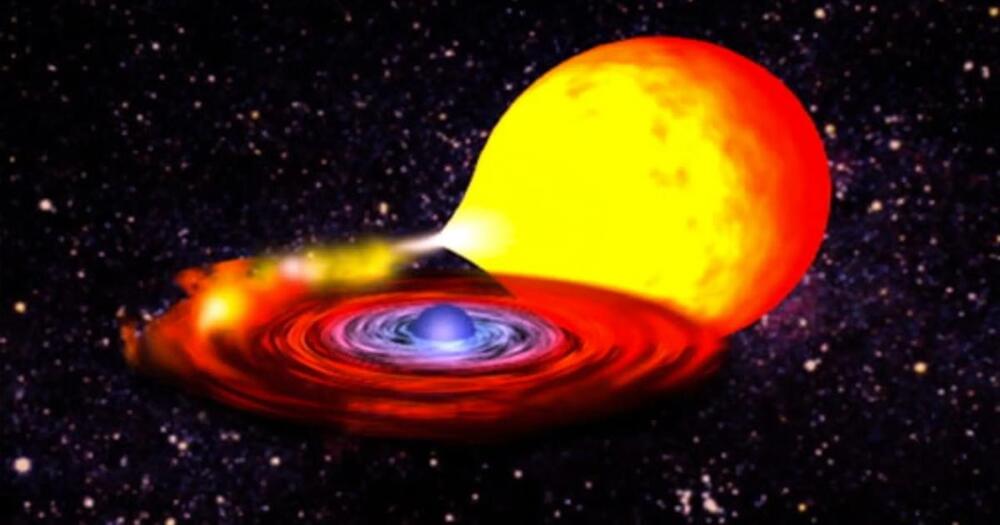The discovery of a super-Earth around the red dwarf Ross 508 is reported by astronomers in Japan. Part of the planet’s elliptical orbit takes it within the star’s habitable zone, where liquid water may exist.


A new study corrects an important error in the 3D mathematical space developed by the Nobel Prize-winning physicist Erwin Schrödinger and others, and used by scientists and industry for more than 100 years to describe how your eye distinguishes one color from another. The research has the potential to boost scientific data visualizations, improve TVs and recalibrate the textile and paint industries.
“The assumed shape of color space requires a paradigm shift,” said Roxana Bujack, a computer scientist with a background in mathematics who creates scientific visualizations at Los Alamos National Laboratory. Bujack is lead author of the paper by a Los Alamos team in the Proceedings of the National Academy of Sciences on the mathematics of color perception.
“Our research shows that the current mathematical model of how the eye perceives color differences is incorrect. That model was suggested by Bernhard Riemann and developed by Hermann von Helmholtz and Erwin Schrödinger—all giants in mathematics and physics—and proving one of them wrong is pretty much the dream of a scientist,” said Bujack.




The two spiral galaxies are about 60 million light-years from Earth.
Astronomers at the Gemini North telescope in Hawai’i have released a stunning image that shows two spiral galaxies in the process of colliding and merging.
The clashing galaxies NGC 4,568 and NGC 4,567 — also known as the Butterfly galaxies due to the dual-lobed shape their interaction causes — are located 60 million light-years away from Earth in the Virgo Cluster and will form a brand new elliptical galaxy in around 500 million years, according to a statement from NOIRLab, which operates the Gemini North telescope.



A team of scientists obtained a magnificent photograph of a faraway galaxy, reminding us all how little we are in the grand scheme of things.
This monster galaxy’ is around 12 billion light-years away from Earth and produces new stars 1,000 times faster than our own Milky Way galaxy.
Scientists utilized the £1.1 billion ALMA Observatory in Chile to capture views of the galaxy with a resolution ten times better than any previous attempt, naming it ‘COSMOS-AzTEC-1.’